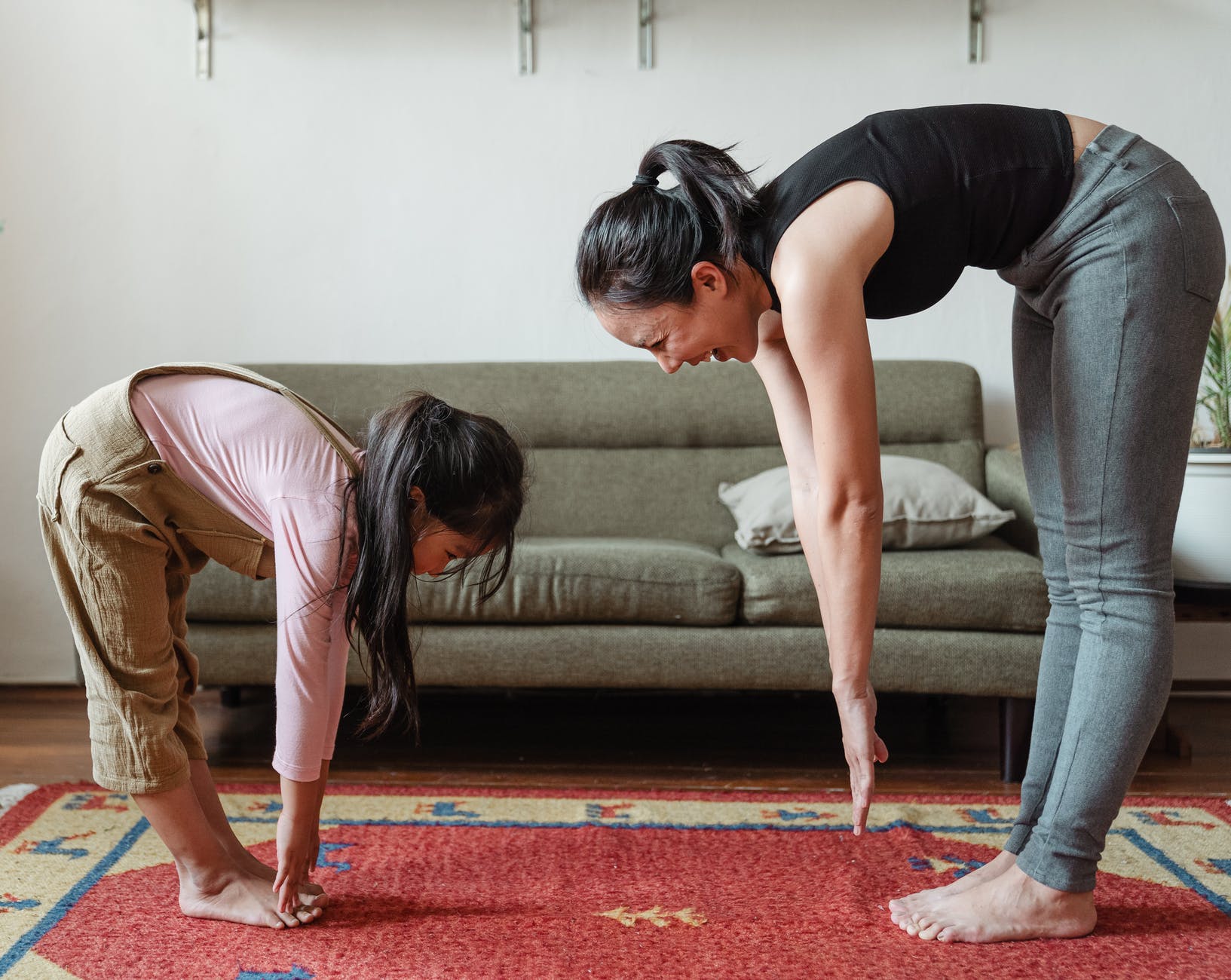5 Stretches and Exercises for Rotator Cuff Tear
 We are constantly using our shoulders for simple everyday tasks. When we reach out with our arms to get something placed high up, when we lift heavy objects, when we play sports - our shoulders are being used without us even being conscious of it.
We are constantly using our shoulders for simple everyday tasks. When we reach out with our arms to get something placed high up, when we lift heavy objects, when we play sports - our shoulders are being used without us even being conscious of it.
The rotator cuff is a very important part of our shoulder joint that makes such movements possible.
What is a Rotator Cuff Tear?
- The rotator cuff is a group of muscles and tendons around the shoulder joint that are responsible for the movement of the shoulder.
- A rotator cuff tear, as the name implies, is an injury to the rotator cuff.
- The tear can be partial or complete.
- Sportspersons or people whose job involves constant use of shoulder often sustain it.
- A fall on the arm might also cause the rotator cuff to tear.
The condition is painful and swift treatment is advised since left untreated it could lead to frozen shoulder and arthritis. Search online for ‘an orthopedic doctor near me’ and get immediate treatment.
Treating Rotator Cuff Tear with a Few Simple Exercises
Listed below are some exercises to help with shoulder mobility and to prevent a frozen shoulder. Before attempting any of these exercises, make sure there is no pain or inflammation in your shoulder joint.
Exercise 1
- Stand in the middle of an open doorway with your arms stretched out to grip the sides.
- Lean forward while gripping the sides of the doorway.
- Make sure you don’t bend your back.
- This will help you stretch your shoulder joint.
- Do not stretch too much and injure the shoulder again.
Exercise 2
- Lie down on the floor sideways resting on the uninjured arm.
- Your injured arm has to be bent at the elbow so that the forearm is perpendicular to the body.
- Hold a light weight in the bent arm.
- Take the weight towards the floor and bring it back to its original perpendicular position slowly.
- Start off with a few repetitions and gradually increase.
Exercise 3
- This exercise involves a resistance band.
- Fix the band at or above shoulder height.
- Kneel down on the knee that is the same side as the injured arm.
- The other leg’s foot should be placed flat on the floor with the knee bent at 90 degrees.
- Hold the resistance band with the injured arm outstretched.
- Pull towards your body by bending the elbow and stretch once again.
- Repeat the movement and increase the repetitions gradually.
Exercise 4
- Stand with feet apart and bent at the knees.
- Bend forward slightly.
- Use light weights in both arms and lift both arms away from the body and bring them back together.
- Repeat this movement.
- Do not raise your arms higher than your shoulder while doing this exercise.
Exercise 5
- Take a resistance band and hold one end of it down with the foot opposite the injured shoulder.
- Hold the other end of the band in your injured arm.
- The band should be across your body.
- Place the uninjured arm on the hip.
- Start by bending at the waist so that the hand holding the resistance band goes towards the opposite foot.
- Straighten up again and repeat the movement.
- Aug 19, 2021
